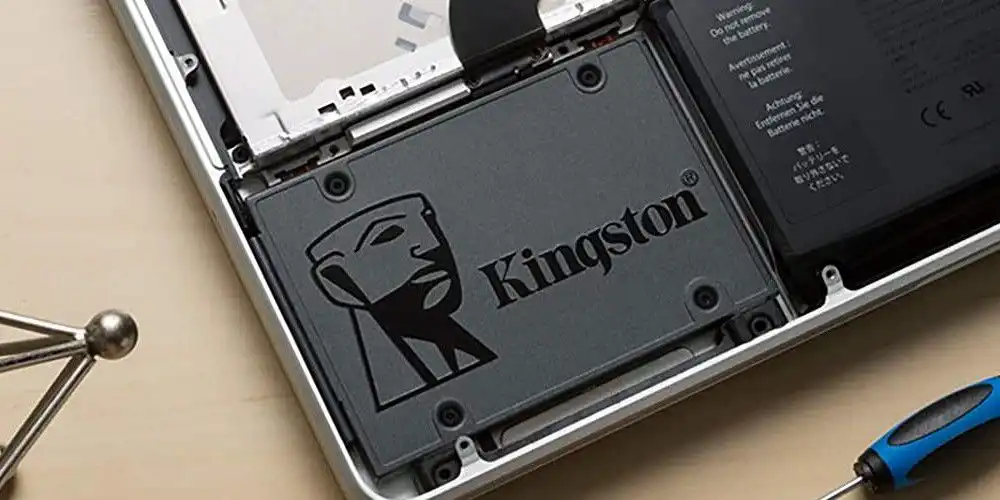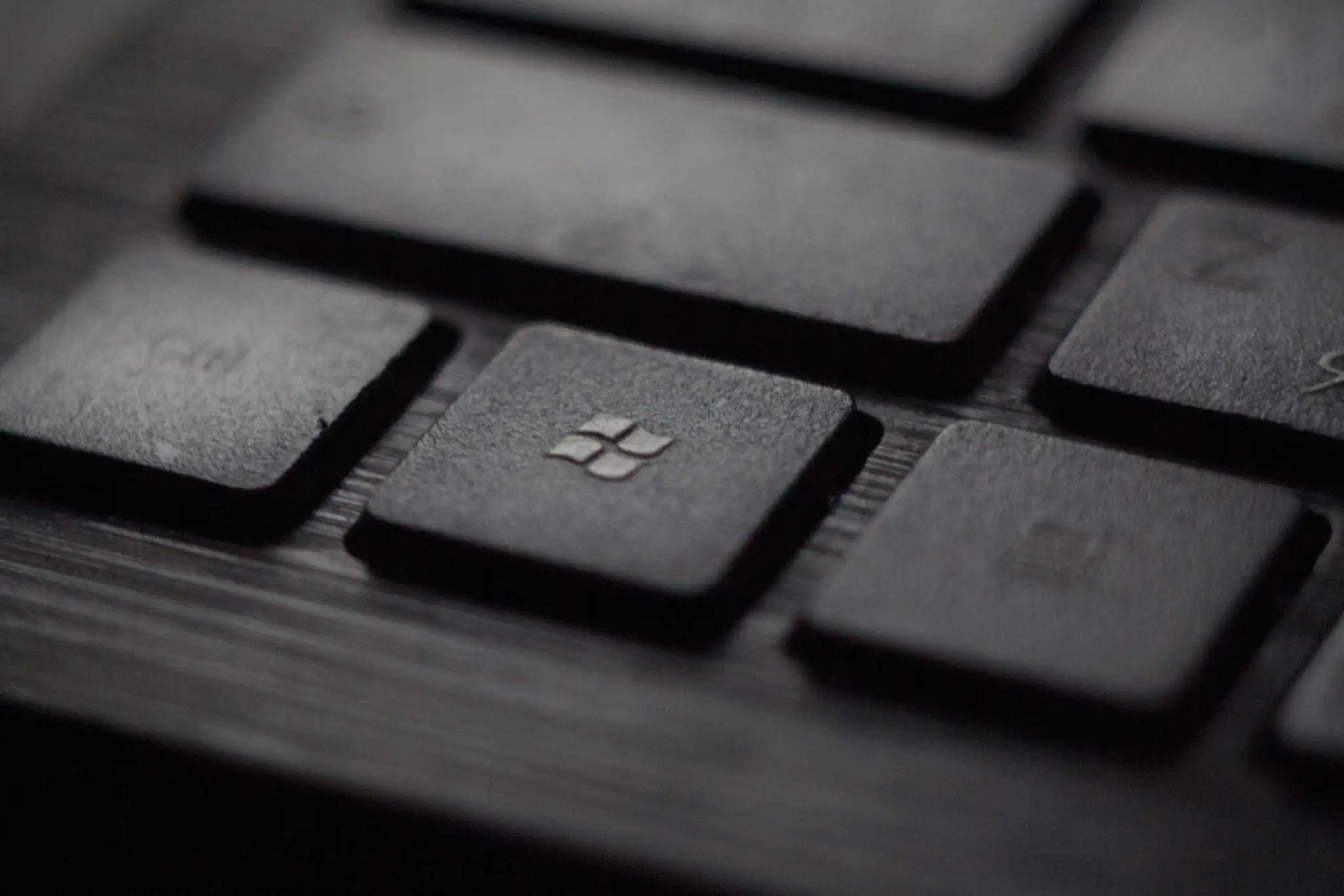
AMD has seen a remarkable surge in its desktop CPU market share, gaining nearly 10 percent over the past year, as the company capitalizes on a lineup of strong desktop gaming CPUs and robust demand across consumer and professional segments. According to a recent analysis by Mercury Research, AMD’s share in the desktop CPU market jumped by an impressive 9.6 percentage points year-over-year, landing at 28.7 percent. Meanwhile, in the mobile CPU market, AMD also demonstrated upward momentum, increasing its share by 2.8 points to reach 22.3 percent. These gains underscore AMD’s growing influence in the CPU market at a time when Intel has faced challenges with declining shipments, attributed primarily to inventory adjustments and decreased demand.
Mercury Research’s report highlighted that overall CPU shipments were modestly up this quarter but fell below expected seasonal norms due to sluggish growth in Intel’s desktop and mobile segments. Dean McCarron, Mercury’s principal analyst, explained that Intel’s desktop CPU shipments took a particularly sharp dip, with the company citing customer inventory management as a key reason for the slowdown. This inventory adjustment and slower purchase rates have also impacted Intel’s mobile CPU shipments, which similarly lagged behind seasonal expectations. In contrast, AMD maintained nearly seasonal growth in its desktop CPU shipments and experienced above-average increases in mobile CPU sales, driven by strong demand for its Ryzen 7000X, 8000G, and 9000X series processors.
AMD’s success with these CPUs, even amid some mixed reviews of the Ryzen 9000X series, signals a significant upward trend. The recent launch of the Ryzen 9000X3D lineup has already sparked enthusiasm among industry observers, with the Ryzen 7 9800X3D emerging as a standout performer in initial reviews. With its advanced 3D V-Cache technology, the Ryzen 7 9800X3D has been praised for delivering exceptional gaming performance, giving AMD a competitive edge that could further chip away at Intel’s dominance. Analysts expect this lineup to maintain AMD’s momentum as it continues to appeal to gamers, content creators, and power users looking for top-tier performance without Intel’s price premium.
Intel, meanwhile, faces challenges that extend beyond just shipment volumes. The company’s latest earnings report revealed financial strain with substantial layoffs and ongoing restructuring, as well as growing scrutiny of Intel’s future direction. As part of its strategy to regain ground, Intel has emphasized its plans for U.S. semiconductor manufacturing, hoping to benefit from CHIPS Act funding. However, delays in these federal investments have hindered Intel’s roadmap for domestic fabs. In the broader PC and Chromebook market, Intel’s market share excluding Internet of Things (IoT) fell by 4.6 percent year-over-year, much of which was absorbed by AMD’s growing presence.
In addition to its CPU gains, AMD has also made headway in the server market. The Mercury report, as supplemented by AMD’s own financial data, revealed that AMD’s server revenue share reached a record 33.9 percent, further challenging Intel’s longstanding grip on this high-value segment. This achievement is notable as it reflects AMD’s growing foothold not only in consumer markets but also among enterprise customers who value performance and efficiency. Mercury’s report did exclude revenue from AMD’s semicustom chips for gaming consoles and IoT devices, keeping the focus on standard CPU performance.
AMD’s recent achievements represent a seismic shift in the CPU landscape. With Intel’s market position under increasing pressure, AMD’s continued product innovation, strong consumer support, and expanding server footprint position it favorably for further growth.




